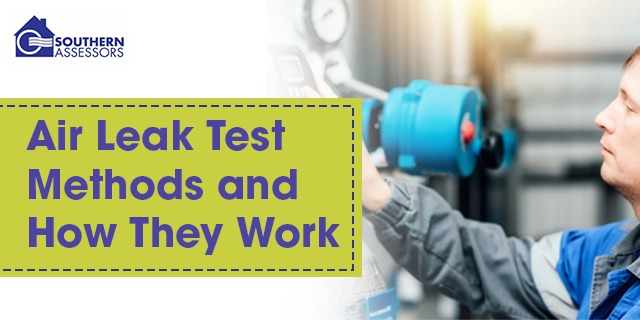Air leak testing is a practical way to find out if air is escaping from a sealed system or structure. These tests are used across buildings along with mechanical components and help teams detect weak spots before final delivery. Most teams offering air testing in UK use one or more proven methods depending on the structure and testing conditions.
Why Air Leak Testing Is Done
Air leaks raise energy use and affect thermal performance. If air enters or escapes from an unwanted gap, it can change how a space performs over time. Builders in many regions now request early checks to avoid future rework. When someone asks for air testing Hampshire experts usually begin by checking how air moves inside the space. The goal is to catch pressure drops that suggest a leak.
How Pressure-Based Testing Works
A pressure test checks if the air stays inside a set space when sealed. There are two ways to apply this method. Some tests use positive pressure. Some use vacuum pressure. The difference is measured by a sensor that tracks any pressure shift. You might choose this method if the object is small or if large leaks are expected. It is often used during air tightness testing in Wiltshire projects for quicker checks. The method is simple to run and works well for rigid parts.
Using Pressure Differential Testing
This test compares two connected volumes. One volume is the test subject. The other is a known reference. Both are filled with air. If the test piece leaks, the pressure inside will change while the reference stays stable. The sensor detects the difference and records the leak.
This method is fast. It suits flexible objects or parts that need higher pressure during testing. It also works where results are needed in shorter time frames.
How the Pressure Rise Method Works
Some systems need higher test pressures to reveal small leaks. In this case, the pressure rise method is used. A part is placed in a sealed space. If it leaks, pressure increases inside the space. The result is then tracked and calculated using a sensor. The method supports short test times. It works for parts where even a small leak could lead to failure. If your part needs tight testing at 1,000 bar, this is a strong choice.
Testing Completely Sealed Items
Some products are sealed fully and cannot be opened. These include watches along with electronics or waterproof goods. In this method, the test item is placed in a chamber. Air is added in a controlled way. If the object leaks, pressure in the chamber changes.
This approach is slower than others. It helps when working with fragile or small sealed parts. Pressure is controlled using pre-filled or evacuated volumes before testing starts.
Other Air Leak Testing Approaches
- Mass flow tests check how air moves through large items like tanks or housings
- Flow measurement is used when air must pass through known paths inside a part
- Sensors measure changes directly without delay
- Flow direction helps confirm design quality or detect unwanted blockages
- Fast readings support short test cycles with high accuracy
Final Thoughts on Test Method Choice
Each method fits a different purpose. Some are built for speed. Others offer more detailed readings. Teams offering air assessment services usually choose based on the volume, pressure, and shape of the part. Leak size and part material also guide this decision. If you are planning air testing in UK, always speak to someone who understands how these test methods work in real settings.
Southern Assessors offers air tightness testing in Wiltshire and nearby locations. Their team helps you test with clarity so you can move ahead without delay.


